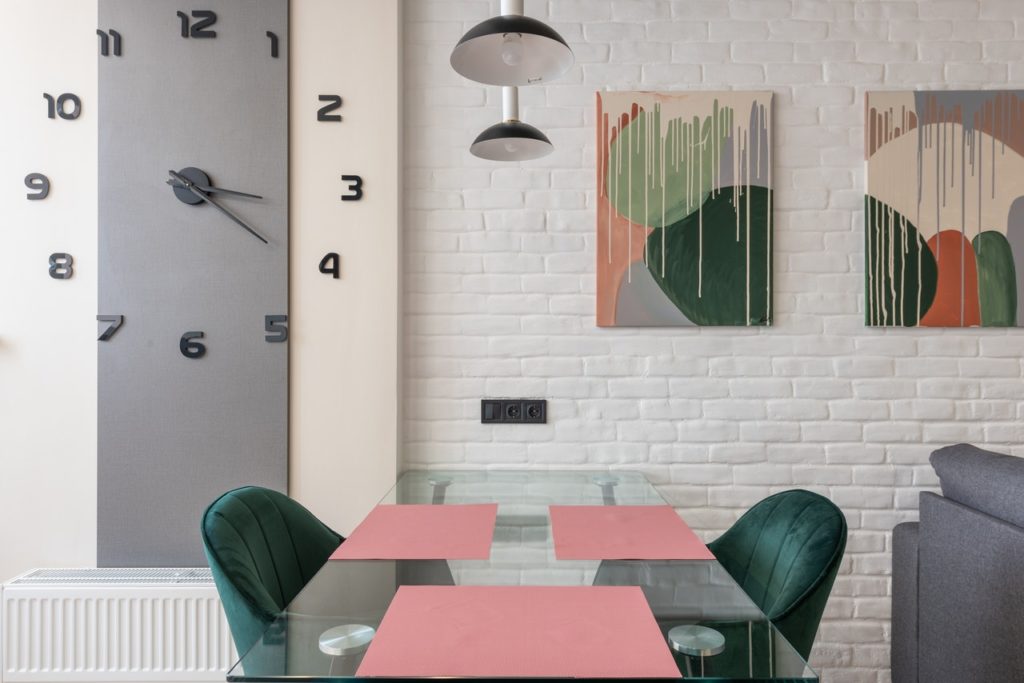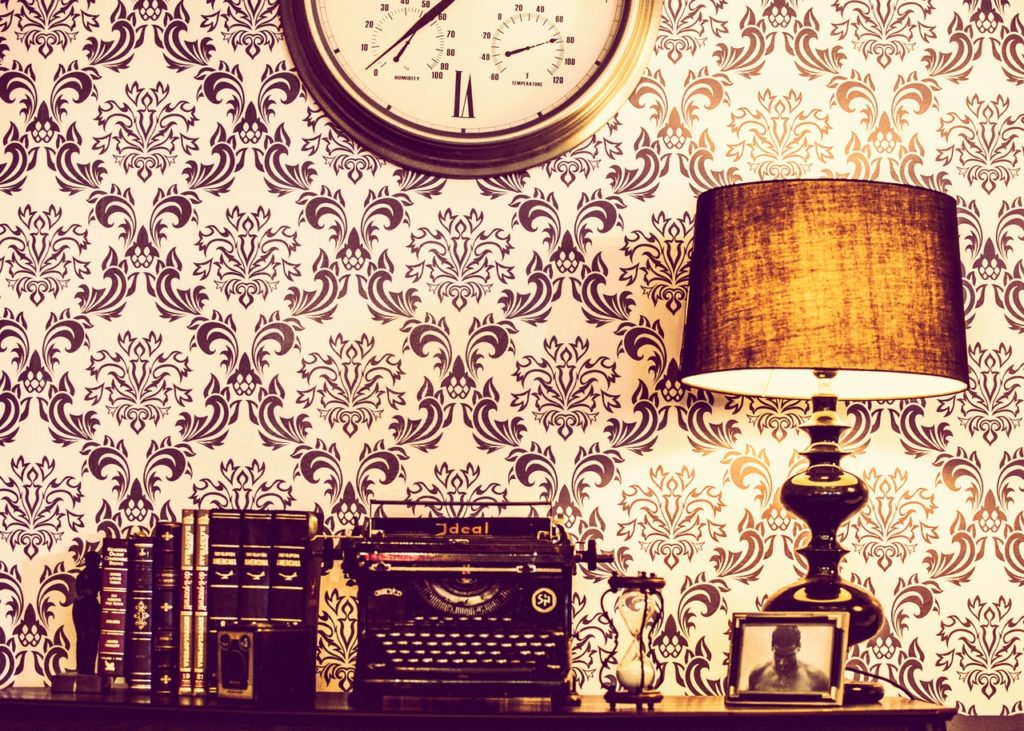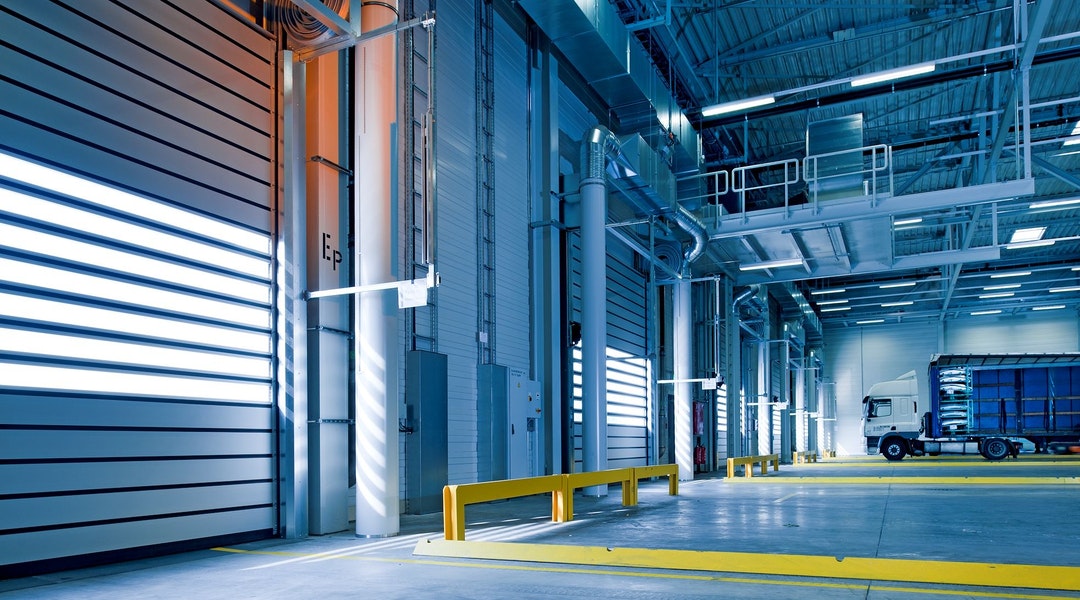There are so many things that end up requiring a storage unit, whether you are moving into a new home or are a regular traveller, among other reasons.
Moving from one home to another is a life shift that requires you to make decisions about what to do with all of your personal possessions accumulated over the years, as well as the numerous furniture pieces you own.
You may still have too much stuff that you won’t be able to fit into your new home, at least not right away, after you’ve gone through your belongings and gotten rid of anything you don’t want, like, or need.
In this article, we’ll take a thorough look at what you might store in a storage unit.
But first, what is the definition of a storage unit? It’s a structure for storing property or a place within a structure like this.
What should you keep in a storage unit?
It’s not easy to decide what to keep and what to throw away. The following are some of the items that you can store:
1. Furniture

Without a question, one of the most common goods found in storage units is furniture. Because most furniture items are enormous and take up a lot of room, this is the case. If you’re moving into a new home, you may find that you don’t have enough space for all of your belongings, or that they don’t match the décor.
Disassembled mattresses, dining tables and chairs, desks, and cabinets are examples of furniture that may be conveniently stored in a storage unit.
Furniture with joint sections should be disassembled to make moving them easier and to save space. Also, keep all furniture meant for storage clean, dry, and well-covered to avoid mold growth.
2. Large Kitchen Appliances
Washing machines, refrigerators, and dishwashers are frequently large and heavy, and moving them around can be difficult, especially during an overseas relocation. If you’re moving into temporary housing and know you’ll be moving out soon, storing some of your larger appliances until you need them again is an excellent option.
3. Electronics

You might wish to keep some of your well-functioning electronics until you need them again if you’re transferring or need extra space.
If at all possible, keep the electronic gadgets in their original boxes. Alternatively, disconnect all cords and cables from the equipment and use foam, tape, bubble wrap, or cardboard to cover the screen or glass. Finally, get a box and carefully place each piece of electronic equipment inside, preferably in its own box.
Plastic should be avoided because it holds moisture and promotes mold and mildew growth. Add silica gel packets to boxes and containers to provide even more moisture protection.
4. Seasonal Items
Seasonal clothing, accessories, shoes, and decorations are among the most common items stored in storage units. Winter clothing and Christmas decorations are only required for a limited time and then must be stored until the next season.
Because holidays like Halloween and Christmas only come around once a year, it’s a good idea to put your seasonal decorations in a storage unit until the next season if you don’t have enough space at home.
5. Painting and Wall Arts

Every artist has faced the problem of not having enough space to store all of their paintings and painting materials at some point. A storage unit is one of the handiest places to keep all of your unfinished crafts, finished paintings, and unused working instruments.
Wrap all of your paintings in a protective cloth before storing them to avoid damage. Cover all of your framed paintings with a storage blanket or bubble wrap, then use packing tape to tape the front and back of your framed artwork together using thick cardboard pieces. Wrap your oil paintings in silica gel in the case of oil paintings.
6. Carpets
Storing a carpet is not as simple as it may seem and a few tips will really save you.
- Clean it
Cleaning is a very important part of carpet storage. This procedure aids in the removal of any molds, residue, insects, or food particles that could attract insects. Your carpet(s) will deteriorate while in storage due to a lack of washing.
To remove loose debris, hair, or dust, start by vacuuming both sides of the carpet. The type of substance your carpet is constructed of has a big impact on how you vacuum and clean it.
- Roll it
Carpets should not be folded for storage because this causes wrinkles and can damage the foundation.
To avoid the growth of molds, make sure the carpet is entirely dry before rolling it. Molds thrive in damp environments.
- Wrap it
Wrapping your carpet is crucial because it protects it from dust, rats, and insects. Carpet storage bags are readily available on the internet. Check with your storage company to see whether they provide packaging supplies for your items.
- Store it
The final step is to store your carpet once it has been cleaned and rolled. You can store them in your home if you have adequate space. However, if you don’t have enough space, whether because you’re traveling or because you won’t need it for a while, you can always look for a storage facility to rent you a storage unit.
Avoid exposing your carpet to natural light and aim for a dry, cool, and well-ventilated storage location, regardless of where you chose to store it.
Take extra precautions to keep moths and insects out of your carpet before storing it. To keep moths away, use a fabric-specific insect repellant and mothballs.
7. Books and Files

Some files and documents are private and confidential, so shifting them or storing them in a safe deposit box may be a better option. Others, on the other hand, are not as critical and must be kept for several years before being discarded. It is, therefore, more convenient to rent a storage container for these files and documents.
Furthermore, many businesses are obligated by law to keep archive material, although their storage capacity may be limited. To save space, assure security, and improve quick access, these papers might be stored in storage units.
8. Curtains
Whether you’re changing out your curtains for the season, relocating, or storing them for safekeeping, it’s vital to preserve them properly to keep them in good shape.
Make sure your curtains are clean before storing them, as stains might be difficult or impossible to remove later. Take your time inspecting your curtains from top to bottom, looking for any stains or wrinkles, before putting them away.
9. Crockery and Cutlery
It’s just as important to store cookware properly as it is to acquire it. Breakage and damage can result from improper storage. The first and most crucial step is to carefully clean your dishes and utensils, followed by good packing.
When you don’t need your tableware or cutlery right now, you can contact a storage service provider to have them stored for you. This will save you the trouble of packing and moving on your own.
10. Other Items

Some of the other items that can be included in a storage unit are:
- Collectables and artwork pieces
- Vehicle/ car
- Media (CDs and DVDs)
- Antiques



[…] a new purchase in the USA should be left behind – things such as furniture. You can put them in long-term storage, donate them to family and friends, or sell […]